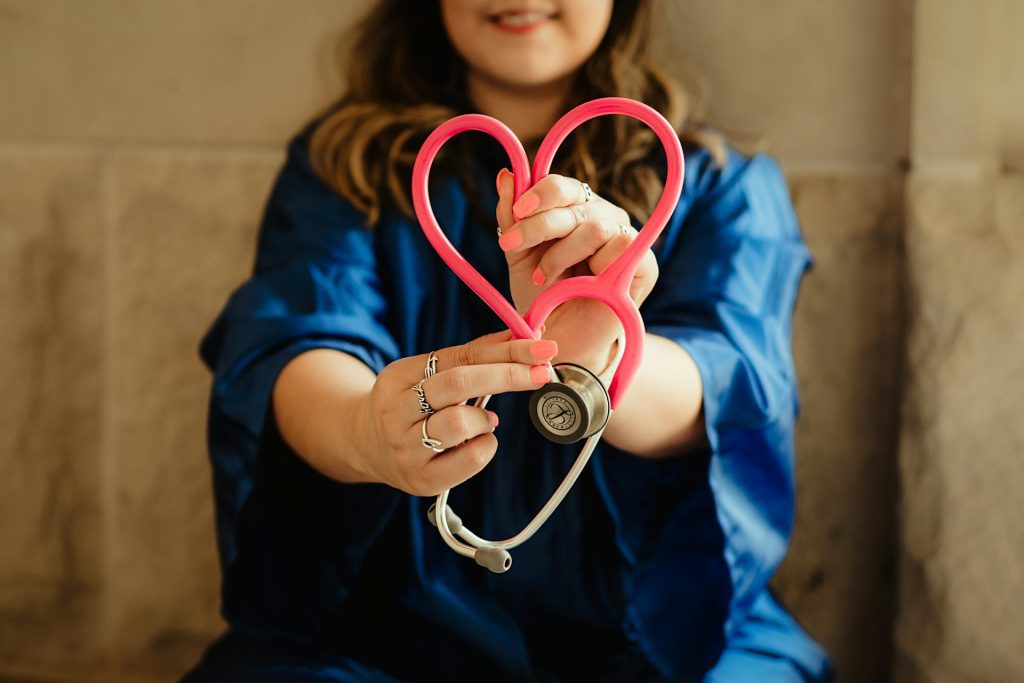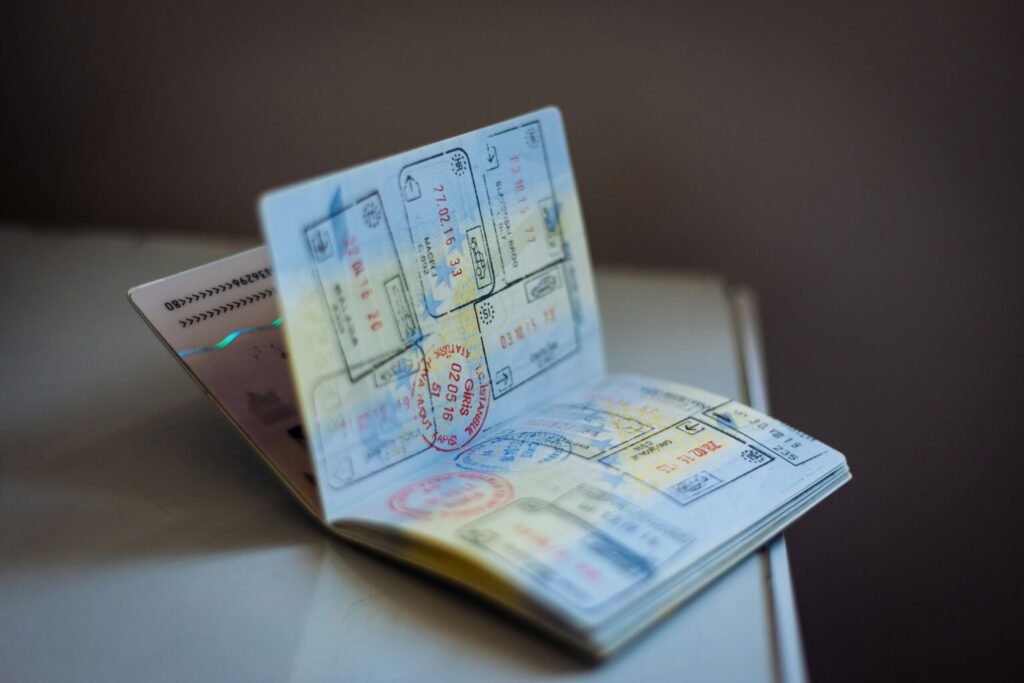So you’re trying to figure out health insurance in New York. I get it—the whole system can feel overwhelming. Let’s break down NY State of Health in a way that actually makes sense.
Read Also: What You Need to Know About United Healthcare: Plans, Costs, and What Nobody Tells You
What Is New York State of Health?
 NY State of Health is New York’s official health insurance marketplace. Think of it as a one-stop shop where you can compare health plans, figure out if you qualify for financial help, and actually enroll in coverage. It was created under the Affordable Care Act, and it’s been running since 2013.
NY State of Health is New York’s official health insurance marketplace. Think of it as a one-stop shop where you can compare health plans, figure out if you qualify for financial help, and actually enroll in coverage. It was created under the Affordable Care Act, and it’s been running since 2013.
Here’s what you can get through the marketplace:
Qualified Health Plans (QHPs) – These are private insurance plans that meet ACA standards. You’ve probably heard of them as “marketplace plans” or “Obamacare plans.” They come in different metal tiers: Bronze, Silver, Gold, and Platinum.
The Essential Plan – This is huge, and a lot of people don’t know about it. It’s a New York-specific program for people who earn too much for Medicaid but still need affordable coverage. We’re talking $20 or less per month for many folks. It’s not Medicaid—it’s its own thing, and it’s honestly one of the best deals in health insurance if you qualify.
Medicaid – New York’s Medicaid program covers low-income individuals and families. If you qualify, there’s no premium.
Child Health Plus – Low-cost or free health insurance for kids under 19.
Small businesses can also use NY State of Health to offer coverage to their employees through the Small Business Marketplace. If you’re self-employed or run a small company with fewer than 100 employees, this could be your route.
You can access everything at nystateofhealth.ny.gov, call their hotline at 1-855-355-5777, or work with a certified enrollment assistor (they’re free, by the way—more on that later).
Read Also: Catastrophic Health Insurance in the USA: Is It Right for You?
Why This Marketplace Matters
All the qualified health plans sold through New York State of Health have to cover essential health benefits. That means preventive care, hospitalization, prescription drugs, mental health services, maternity care—the stuff you actually need. No junk plans with giant gaps in coverage.
But here’s where it gets really interesting: the financial help.
The Money Part: Subsidies and Cost Assistance
Most people using New York State of Health get some kind of financial assistance. There are two main types:
Premium tax credits make your monthly payment lower. The less you earn, the more help you get. These credits adjust based on your income, so someone making $35,000 pays way less than someone making $60,000 for the same Silver plan.
Cost-sharing reductions lower your out-of-pocket expenses—your deductibles, copays, and coinsurance. This is separate from the premium help, and it only works with Silver plans.
Now, New York does something extra clever with a state Innovation Waiver (the technical term is a 1332 waiver). Starting in 2025, this waiver pumps more money into cost-sharing subsidies for specific groups. If you’re pregnant, postpartum, managing diabetes, or your income falls between 250% and 350% of the federal poverty level, you’re getting beefed-up help with deductibles and copays. The state estimates this saves about $307 million annually across roughly 117,000 New Yorkers.
Let’s put that in real terms. Say you’re a single adult making $45,000 a year (about 340% of the poverty level). Without the waiver, you might face a $3,000 deductible on a Silver plan. With the waiver? That could drop to $500 or less. That’s the difference between avoiding the doctor because you can’t afford the deductible and actually using your insurance.
But—and this is important—there’s a cliff coming. The enhanced premium tax credits that have been helping millions of Americans since 2021 are set to expire at the end of 2025 unless Congress extends them. If that happens, premiums could jump significantly in 2026. We’re talking potentially hundreds more per month for middle-income families. NY State of Health has been flagging this risk, so keep an eye on what happens in Washington.
Read Also: Health Equity in the USA: What It Really Means and Why We’re Failing at It
When You Can Enroll
Open Enrollment for 2026 coverage runs from November 1, 2025, through January 31, 2026. If you want coverage starting January 1st, you need to enroll by December 15, 2025. Miss that deadline and your coverage starts February 1st if you enroll by January 15th, or March 1st if you enroll by January 31st.
Here’s something that trips people up: the Essential Plan, Medicaid, and Child Health Plus don’t follow this schedule. You can enroll in those programs any time during the year. So if you lose your job in July and suddenly qualify for the Essential Plan, you don’t have to wait until November—you can sign up right then.
There are also Special Enrollment Periods outside of open enrollment if you have a qualifying life event. Lost your job? That qualifies. Got married? That qualifies. Had a baby? Definitely qualifies. Moved to New York from another state? Yep, that too. You typically have 60 days from the event to enroll.
Read Also: Public Health Jobs in the USA (2025 Guide)
Who Can Use New York State of Health?
You need to live in New York State—pretty straightforward. You also need to be a U.S. citizen or a lawfully present immigrant. If you’re not a citizen, you’ll need to provide documentation like an I-94 number or an employment authorization document number when you apply.
Income determines which program you qualify for. Here’s roughly how it breaks down for 2025:
- Up to 138% of the federal poverty level: You likely qualify for Medicaid (that’s about $20,783 for a single person)
- 138% to 200% FPL: You probably qualify for the Essential Plan at $20/month or less (about $20,783 to $30,120 for a single person)
- 200% to 250% FPL: Essential Plan at a slightly higher cost, usually still under $30/month
- Above 250% FPL: Qualified Health Plans with premium tax credits if you’re under 400% FPL (or sometimes higher with the enhanced subsidies)
These numbers shift based on household size, so a family of four has much higher thresholds.
Read Also: Physician Associate in the UK (2025/2026): Registration, Jobs, Pay, and Visa Options
New York State of Health: Common Mistakes People Make (And How to Avoid Them)
Estimating income wrong.
This is the big one. Your subsidy is based on your estimated income for the year, not last year’s income. If you estimate too low, you might get too much subsidy and owe money back at tax time. Estimate too high, and you’re overpaying all year (though you’ll get the difference back as a tax refund). If you’re self-employed or your income fluctuates, take your best guess and update your application if things change.
Not reporting life changes.
Got a raise? Report it within 30 days. Your subsidy might need adjusting. Had your hours cut? Report that too—you might qualify for more help or even the Essential Plan. People skip this step and then get surprised at tax time.
Missing the December 15th deadline.
If you want coverage starting January 1st, December 15th is your cutoff. A lot of people think they have until January 31st, and technically you do—but your coverage won’t start until February. That’s a whole month without insurance.
Not understanding Essential Plan vs. QHPs.
The Essential Plan isn’t just “cheap Medicaid.” It’s robust coverage with low out-of-pocket costs. Some people assume they should go straight for a marketplace plan when they’d actually save thousands with the Essential Plan. The application will tell you if you qualify, so don’t skip that step.
Choosing plans based only on the premium.
That Bronze plan with the $150 monthly premium looks great until you realize it has a $7,000 deductible. If you actually use healthcare—prescription meds, regular doctor visits, you’re managing a chronic condition—a Silver plan with a higher premium but way lower deductible often saves you money overall.
Not using the help available.
Certified enrollment assistors are free. They know the system inside and out. If you’re confused about anything—what plan to pick, how to fill out the application, whether you qualify for subsidies—use them. Don’t just guess.
Read Also: Mental Health Nursing Jobs in the UK
New York State of Health: How to Actually Enroll
Let’s walk through this step by step on how to go about the New York State of Health.
Gather your documents first.
You’ll need Social Security numbers for everyone in your household (or immigration document numbers if applicable), birthdates, income information for everyone, and details about any current health coverage. If you’re employed, have your employer’s name and address handy. If you’re self-employed, you’ll need your estimated annual income. This takes maybe 20 minutes to pull together, but having it ready makes the application so much smoother.
Start your application.
You can do this online at nystateofhealth.ny.gov, call 1-855-355-5777, or meet with a certified enrollment assistor in person. The online application takes about 30-45 minutes if you have all your info ready. The system will ask about your household, income, and current coverage situation.
See what you qualify for.
Once you submit your application, you’ll get an eligibility determination right away in most cases. It’ll tell you if you qualify for Medicaid, Essential Plan, or qualified health plans with tax credits. This is where people sometimes get surprised—in a good way—that they qualify for the Essential Plan.
Compare your options.
Use the “Compare Plans & Estimate Cost” tool. You can filter by premium, deductible, and see which of your doctors and prescriptions are covered. Pay attention to the network—some plans use narrow networks to keep costs down, which is fine if your doctors are in it, but frustrating if they’re not.
Here’s what to look at: monthly premium (obviously), deductible (what you pay before insurance kicks in), out-of-pocket maximum (the most you’d pay in a year), copays for doctor visits and prescriptions, and whether your doctors and preferred hospital are in-network.
Enroll.
Once you pick a plan, you’ll complete enrollment through the website or with your assister. You’ll usually need to pay your first month’s premium directly to the insurance company to activate coverage—NY State of Health will tell you how and when.
Set up payment.
Most insurers let you set up automatic payments. Do this. Missing a premium payment can get your coverage terminated, and then you’re stuck waiting for the next enrollment period or a qualifying life event.
The whole process from starting your application to being enrolled usually takes an hour or two if you’re doing it yourself online. With an assistor helping you, maybe a bit longer because they’ll walk through everything in detail.
Read Also: Sterile Processing Technician Jobs & Salaries (2025 Guide)
New York State of Health: What Happens After You Enroll?
You’ll get a welcome packet from your insurance company with your member ID card, usually within a couple of weeks. Your coverage effective date depends on when you enrolled—January 1st if you enrolled by December 15th during open enrollment, for example.
Once you’re covered, you can start using your insurance right away. Preventive care—annual checkups, screenings, vaccines—is covered at 100% with no cost to you. For other services, you’ll pay copays or meet your deductible depending on your plan.
If your situation changes mid-year—you get a new job, lose a job, your income goes up or down significantly, you move, you get married, have a baby—report it to NY State of Health within 30 days. These changes can affect your subsidy or even which program you qualify for. You might be able to switch plans mid-year if you have a qualifying life event.
Renewal happens automatically each year, but you need to update your information during open enrollment. NY State of Health will send you notices (check your email and mail) reminding you to review your application. Your income probably changed from last year, right? Update it. Your household size might have changed. Update that too. If you don’t, you might get renewed into the wrong plan or with the wrong subsidy amount.
Read Also: Dental Schools in the USA- Everything You Need to Know
New York State of Health: The Enhanced Dental Benefits for 2026
Starting with the 2026 plan year, there’s a new wrinkle: standardized dental plans. If you’re buying a standalone dental plan through the marketplace, all plans at each tier (low, medium, high) will now have uniform benefits. This makes comparing ways easier—you’re not trying to figure out why one plan covers crowns at 50% and another at 60%.
Plus, some qualified health plans will now include embedded dental coverage instead of making you buy a separate dental plan. If you’ve got kids, this is actually a big deal because pediatric dental is more comprehensive when it’s built into the medical plan.
Read Also: Jobs that make $3000 a month without a Degree
Conclusion
New York State of Health is genuinely one of the better state marketplaces in the country. The Essential Plan alone has helped hundreds of thousands of New Yorkers get solid coverage for almost nothing. The Innovation Waiver, which pumps extra money into cost-sharing reductions, means people are actually using their insurance instead of just having a card in their wallet.
But you need to be proactive. Don’t wait until the last day of open enrollment. Also, do not guess at your income—estimate as accurately as you can and update if things change. Don’t skip exploring the Essential Plan if your income is under $36,000 or so (for a single person). And definitely don’t try to navigate this alone if you’re confused—use the enrollment assistants.
The big wildcard is what happens with those enhanced premium tax credits at the end of 2025. If Congress doesn’t extend them, a lot of people will see their premiums jump. Keep an eye on that, and be ready to reassess your plan options during the next open enrollment if costs change significantly.
As of January 2023, nearly 6.9 million New Yorkers had coverage through NY State of Health. That’s not a small number. The system works for a lot of people—it just requires you to understand how it works and actually use the resources available.





